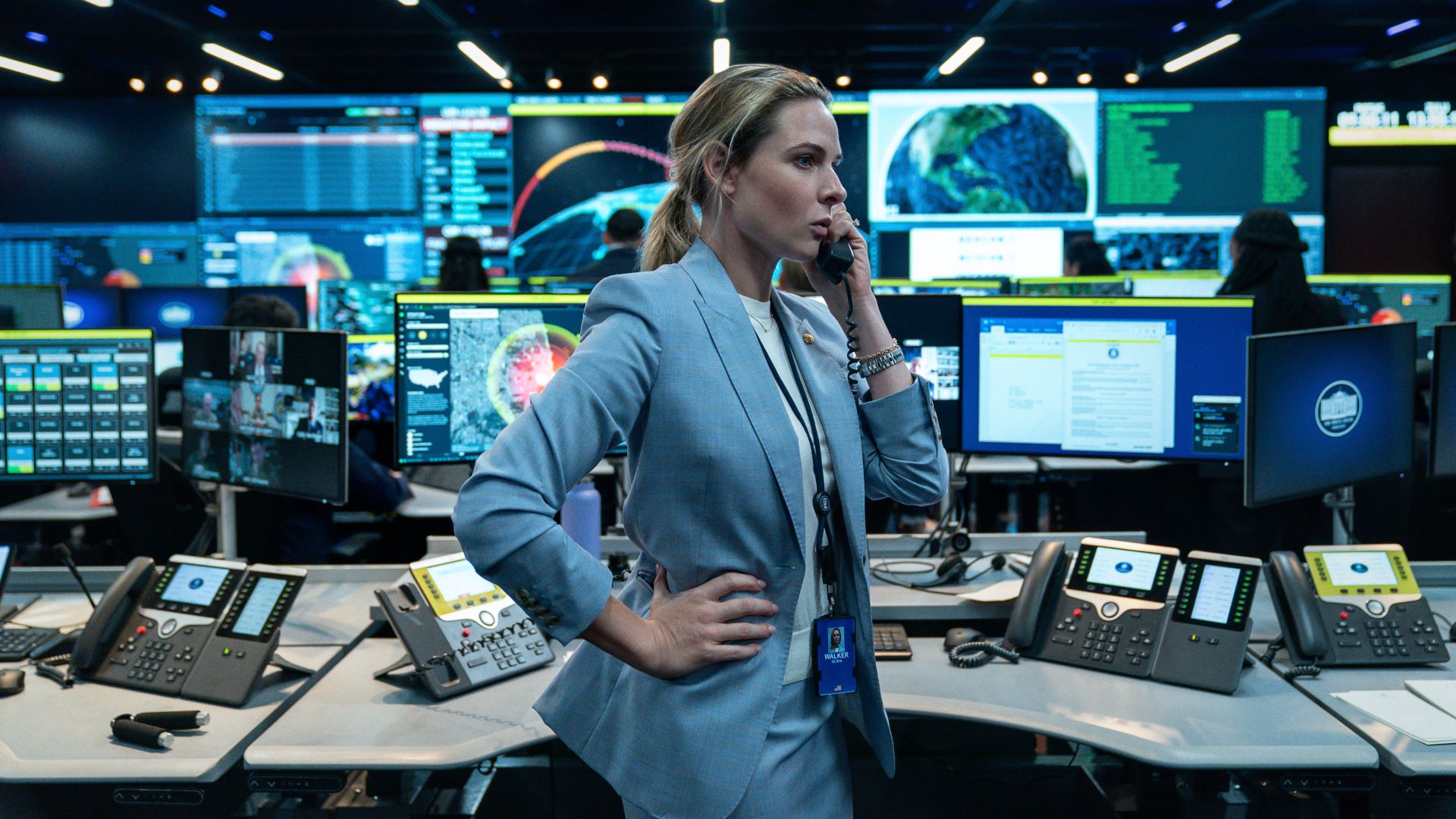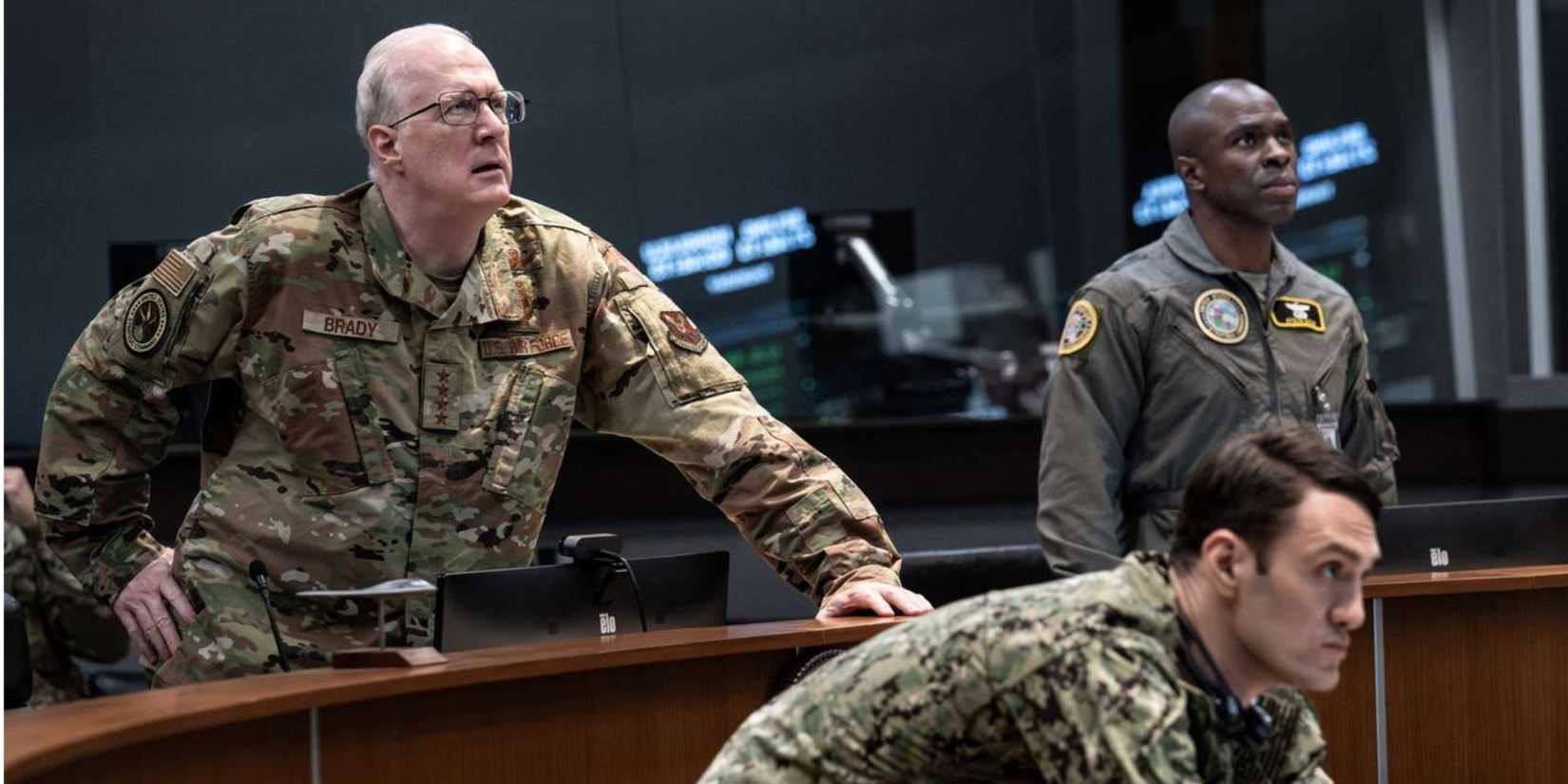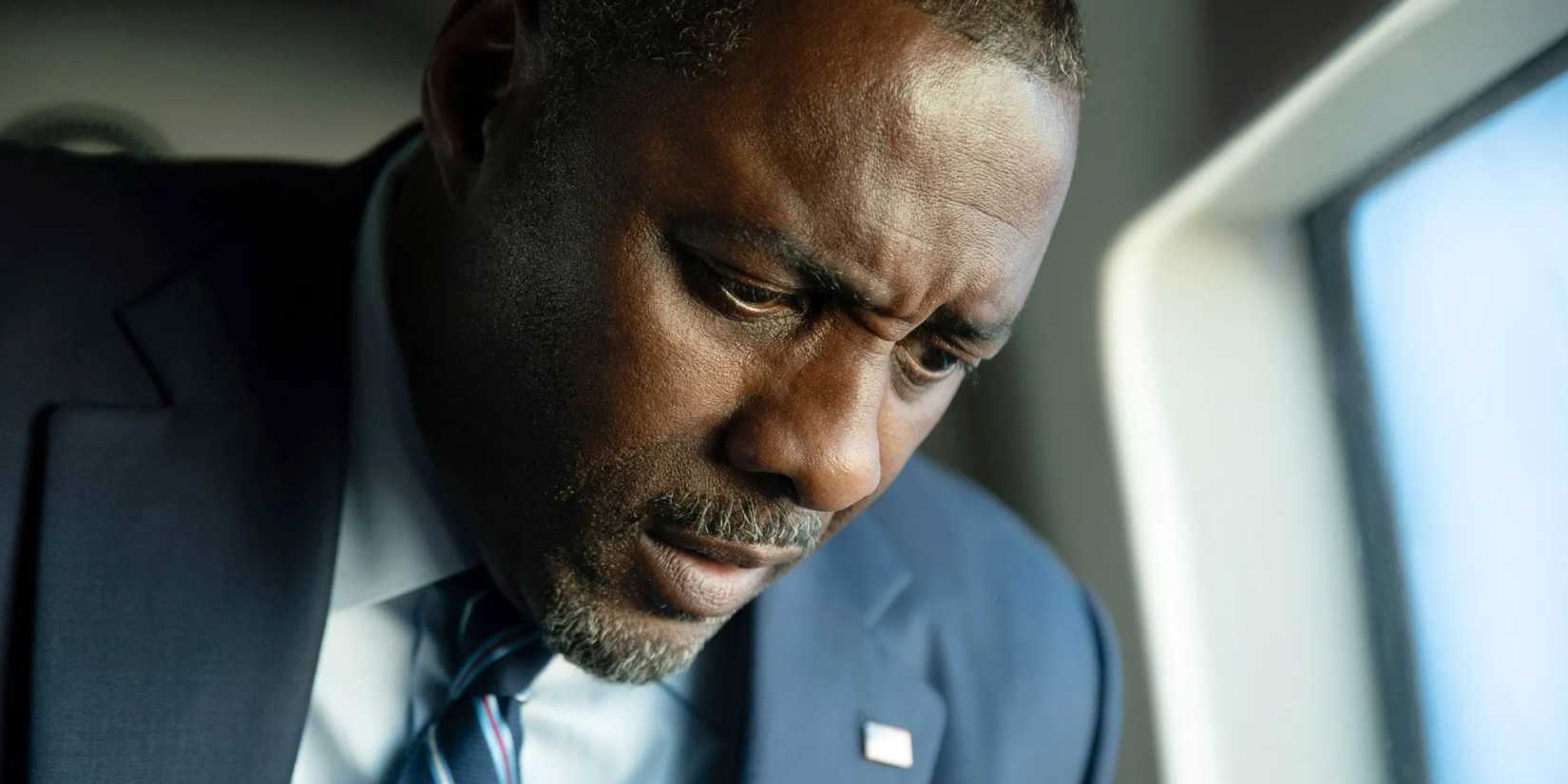
Be warned – the following contains spoilers for the ending of A House of Dynamite! The recently released film A House of Dynamite generated a lot of excitement on Netflix in 2025. Its interesting story, combined with direction from Academy Award winner Kathryn Bigelow and a talented cast including Rebecca Ferguson and Idris Elba, made it seem like a guaranteed success.
Although A House of Dynamite quickly became popular on Netflix, reaching the number one spot during its first week, reviews haven’t been as positive as many predicted. It currently has a 78% rating on Rotten Tomatoes, which is good, but not as high as the scores for director Kathryn Bigelow’s more acclaimed films, such as The Hurt Locker and Zero Dark Thirty.
The main reason A House of Dynamite doesn’t quite reach its full potential is one specific flaw.
A House Of Dynamite Has The Best Opening 35 Minutes In Recent Memory

The movie A House of Dynamite begins with a tense situation: a nuclear missile is heading towards the United States, and no one knows who launched it. The first part of the film is particularly exciting and suspenseful, immediately grabbing your attention.
The story is primarily told from the perspective of Olivia Walker (Ferguson), who works in the White House Situation Room. We meet her first, and the film quickly establishes strong relationships between her and her colleagues, making us invested in their fate more than any other characters.
The first half-hour of “A House of Dynamite” is remarkably strong – it’s among the best opening sequences in any film released in 2025. As the movie counts down to a missile strike, the suspense builds with each second. It’s a brilliant example of tension-building and showcases some of director Kathryn Bigelow’s finest work, which is high praise.
A House Of Dynamite Loses Momentum When it Changes POVs

The main weakness of A House of Dynamite is its storytelling approach. Just when the most exciting part of the story – the climax – is building, the film interrupts itself to show how different military members are responding to the events, shifting the perspective away from the central action.
This moment completely halts the movie’s momentum, and the strong tension built up in the first forty minutes disappears. The film then shifts to show things from the perspective of the President (played by Elba), but this familiar technique doesn’t work well here.
I’ve seen this done in a bunch of movies and shows – remember Vantage Point from a few years back? But with A House of Dynamite, it really hurt the film. It starts so strong, and then switching to a less engaging point of view just completely kills the energy. It never really recovers, which is a shame because it had the potential to be amazing. Instead, it’s just… good. It’s frustrating, honestly, because it could have been a truly great film.
The New POVs Don’t Add Much To A House Of Dynamite

Using multiple perspectives in A House of Dynamite works well because the film aims to illustrate how different groups would react during a crisis. It powerfully demonstrates how quickly things can become frightening when driven by fear alone.
The story remains interesting at first glance, but these added perspectives don’t really enhance the film. Seeing things from the military’s and the President’s viewpoints doesn’t offer much new insight compared to Olivia’s, which ultimately makes these additions feel unnecessary.
The first part of the movie, focusing on Olivia, felt a little repetitive. We kept hearing the same information from the soldiers and even the President – it was a lot of restating what we already knew. Honestly, the most compelling thing about these new perspectives was watching the President grapple with how the country should respond to the crisis. That decision-making process was genuinely gripping.
The Disappointing Ending Adds To A House Of Dynamite’s Problems

The finale of A House of Dynamite has sparked a lot of debate. The President seeks guidance from his wife, but he’s still faced with the incredibly difficult question of how to respond. The story hinges on whether the country should strike back without knowing who launched the missile – a question that could have justified the multiple perspectives presented throughout the book.
Many viewers are frustrated that the President’s choice isn’t revealed on screen. Instead, the movie abruptly ends with a fade to black and the credits, leaving audiences feeling unfulfilled. Director Kathryn Bigelow recently explained the reasoning behind this ending, stating:
My goal is for viewers to walk away from the film and start thinking about what steps we can take next. This is a worldwide problem, and while I hope we can eventually decrease the number of nuclear weapons, the reality is we’re living in a very dangerous situation. I wanted to share this information to spark a discussion, and that’s what I’m really hoping for – people talking about the film and its implications after they see it.
It makes sense why someone would think that way, especially with everything happening now, and it was definitely a daring move. Still, a lot of people watching were disappointed. The multiple perspectives weren’t so bad if the movie had ended on a more fulfilling note.
Sadly, the film didn’t live up to its potential. Its weak ending and confusing structure make A House of Dynamite feel like a great short film that was unnecessarily extended to a full two hours.
Read More
- Mobile Legends: Bang Bang (MLBB) Sora Guide: Best Build, Emblem and Gameplay Tips
- Brawl Stars December 2025 Brawl Talk: Two New Brawlers, Buffie, Vault, New Skins, Game Modes, and more
- Clash Royale Best Boss Bandit Champion decks
- Best Hero Card Decks in Clash Royale
- Best Arena 9 Decks in Clast Royale
- Clash Royale December 2025: Events, Challenges, Tournaments, and Rewards
- Call of Duty Mobile: DMZ Recon Guide: Overview, How to Play, Progression, and more
- All Brawl Stars Brawliday Rewards For 2025
- Clash Royale Best Arena 14 Decks
- Clash Royale Witch Evolution best decks guide
2025-10-31 18:04